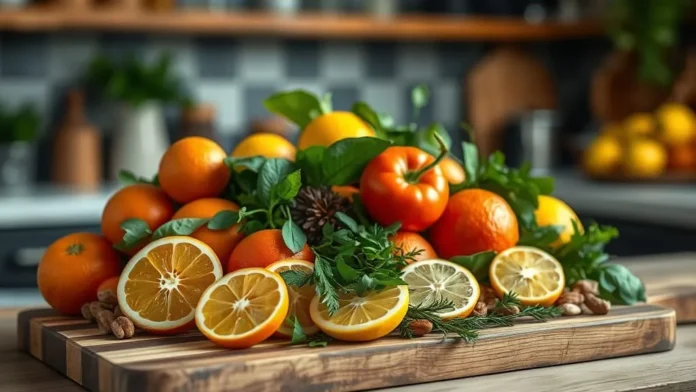The journey to effective weight loss often revolves around one key principle: burning more calories than you consume. But what exactly is fat-burning, and how can the foods we eat play a pivotal role in this process?
What is Fat-Burning?
Fat-burning, or lipolysis, is a metabolic process where stored fat in the body is broken down into fatty acids and glycerol to be used as energy. This process typically occurs when the body’s energy demands exceed the energy available from recently consumed food.
The Role of Diet in Weight Loss
While exercise often takes center stage in weight-loss discussions, diet plays an equally critical role. The right food choices can boost your metabolism, regulate hormones, and ensure your body burns fat efficiently.
Purpose of This Article
This article aims to provide a detailed guide on foods that can enhance the fat-burning process. With evidence-backed insights and practical suggestions, you’ll learn how to optimize your diet to support your weight-loss journey.
The Fat-Burning Mechanism in the Body
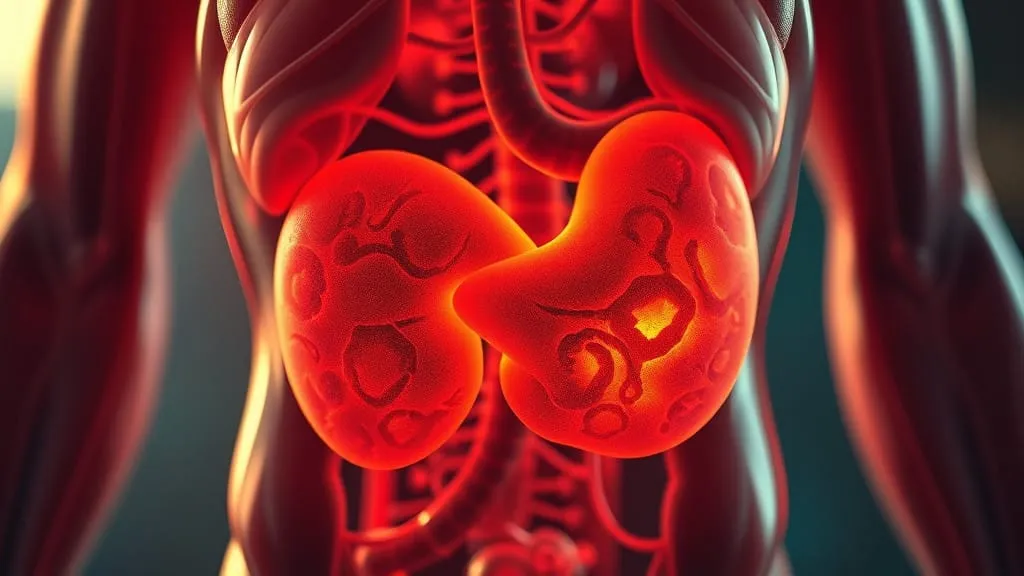
The body’s fat-burning mechanism primarily involves the mobilization and oxidation of fatty acids for energy. When calorie intake is lower than energy expenditure, the body begins to tap into its fat stores.
During this process, hormone-sensitive lipase breaks down triglycerides in fat cells into free fatty acids, which are then released into the bloodstream. These free fatty acids travel to the muscles and other tissues, where they undergo beta-oxidation in the mitochondria to produce ATP, the energy currency of cells.
Additionally, certain hormones, such as glucagon and adrenaline, play a critical role in signaling fat breakdown, while insulin has an opposing effect, promoting fat storage. Effective fat burning also relies on aerobic activity, as it enhances oxygen supply for the complete oxidation of fatty acids. This intricate interplay of hormones, cellular processes, and physical activity ensures that the body efficiently utilizes fat as a source of energy, especially during periods of fasting or prolonged exercise.
Metabolism: The Engine Behind Fat-Burning
Metabolism is the body’s way of converting food into energy. A faster metabolism allows your body to burn more calories, even at rest. The process involves multiple chemical reactions and relies on enzymes and hormones to function effectively.
Hormonal Regulation
Key hormones influencing fat-burning include:
- Leptin: Regulates hunger and energy balance.
- Adiponectin: Enhances the body’s ability to break down fat.
- Thyroid hormones (T3 and T4): Regulate metabolic rate and energy expenditure.
Factors Affecting Fat-Burning
- Age and Gender: Metabolism naturally slows with age, and men generally have a higher basal metabolic rate than women.
- Physical Activity: Regular exercise accelerates fat oxidation.
- Stress: Chronic stress increases cortisol levels, which can hinder fat loss.
- Diet Composition: The balance of macronutrients significantly impacts metabolic efficiency.
Foods That Boost the Fat-Burning Process
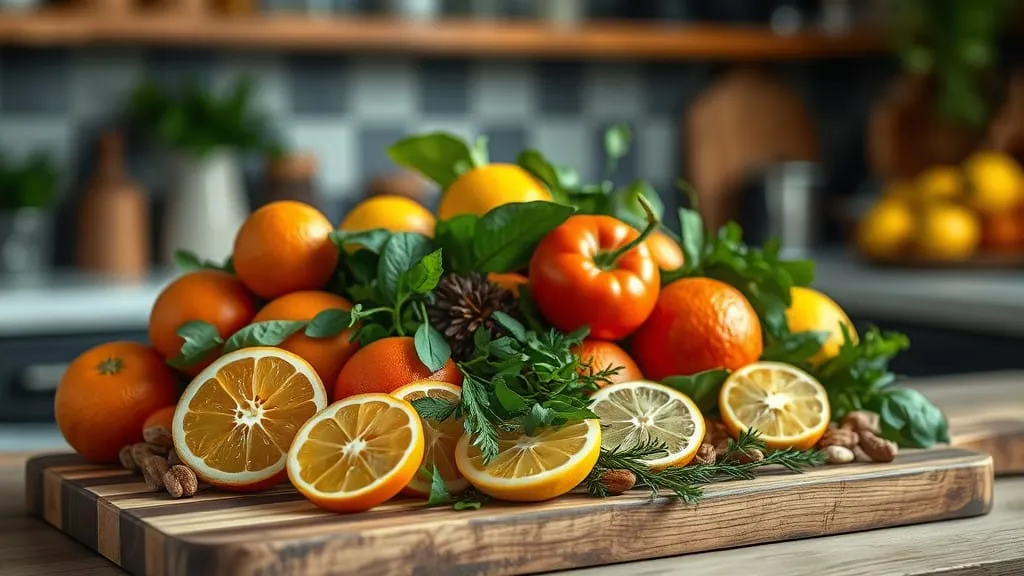
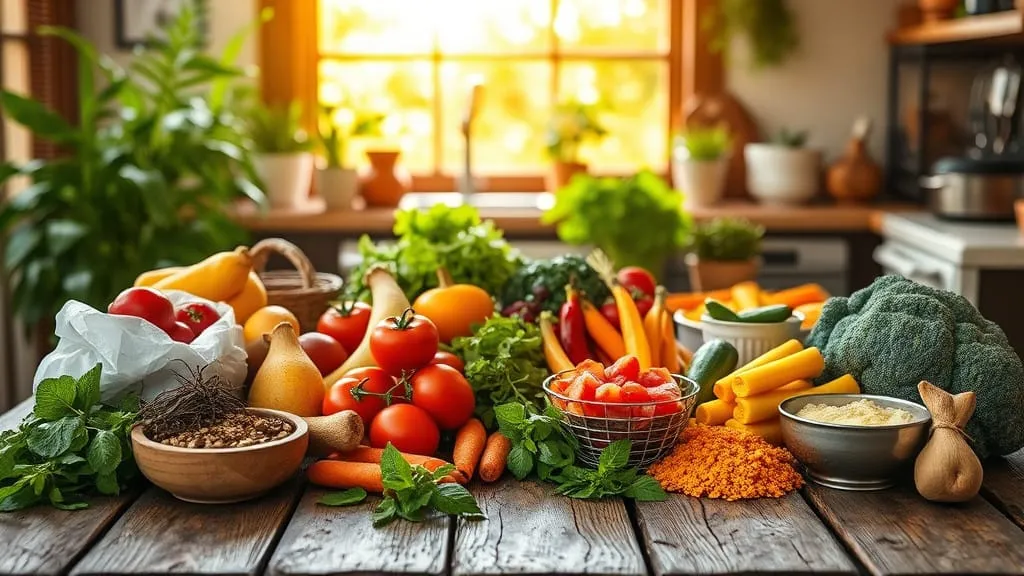
Boosting your body’s fat-burning process can be achieved through a variety of foods known for their metabolic-enhancing properties.
- Lean Proteins: Foods like chicken, turkey, and fish require more energy to digest, thus increasing your metabolic rate.
- Green Tea: Rich in antioxidants called catechins, green tea can enhance fat oxidation and improve overall metabolic health.
- Spices: Ingredients like cayenne pepper, ginger, and cinnamon can temporarily boost metabolism and enhance fat burning.
- Whole Grains: Foods such as quinoa, brown rice, and oats provide fiber and complex carbohydrates, which help regulate blood sugar levels and promote fat loss.
- Berries: Low in calories and high in antioxidants, berries help reduce inflammation and improve metabolic function.
- Avocados: Packed with healthy fats and fiber, avocados can aid in weight management by promoting satiety.
- Cruciferous Vegetables: Broccoli, kale, and Brussels sprouts are low in calories but high in fiber, making them excellent for supporting fat loss.
1. High-Protein Foods
Protein not only builds muscle but also has a high thermic effect, meaning your body uses more energy to digest it.
- Examples: Lean meats (chicken, turkey, fish), eggs, soybeans, lentils, Greek yogurt.
- Scientific Insight: A study published in the American Journal of Clinical Nutrition found that high-protein diets can increase post-meal calorie burning by 20-30% compared to only 5-10% for fats and carbohydrates.
2. Fiber-Rich Foods
Fiber helps keep you full longer, stabilizes blood sugar levels, and promotes digestive health.
- Examples: Green vegetables (broccoli, spinach), fruits (apples, pears, berries), chia seeds, flaxseeds, oats.
- Scientific Insight: According to research in The Journal of Nutrition, increasing dietary fiber intake is associated with lower body weight and a reduced risk of obesity.
3. Healthy Fats
Healthy fats support hormone production and provide sustained energy, helping to curb cravings.
- Examples: Olive oil, avocados, nuts (almonds, walnuts), fatty fish (salmon, mackerel).
- Scientific Insight: Omega-3 fatty acids in fish enhance fat-burning during exercise, as documented in The International Journal of Obesity.
4. Foods Rich in Vitamins and Minerals
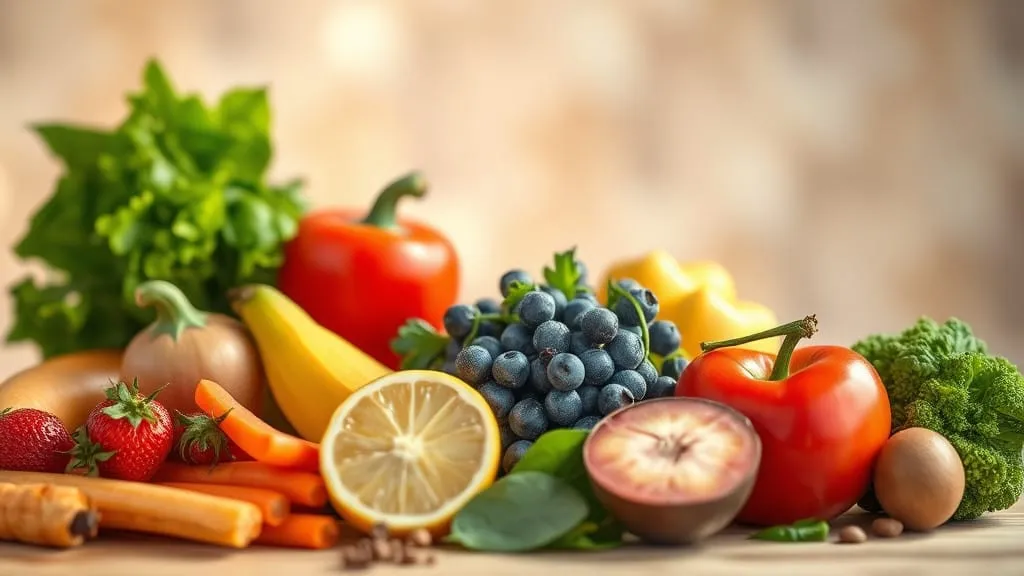
Micronutrients are critical for metabolic processes that convert fat into energy.
- Vitamin B Complex: Boosts energy metabolism. Found in whole grains, eggs, and bananas.
- Vitamin C: Aids in fat oxidation during exercise. Found in citrus fruits, berries, and bell peppers.
- Magnesium: Supports muscle relaxation and metabolism. Found in nuts, seeds, and leafy greens.
- Potassium: Regulates water retention and reduces bloating. Found in bananas, sweet potatoes, and oranges.
5. Low-Glycemic Index (GI) Foods
Low-GI foods release glucose slowly into the bloodstream, preventing insulin spikes and encouraging fat-burning.
- Examples: Whole grains, legumes, leafy greens, and fruits like apples and pears.
- Scientific Insight: A study in The American Journal of Clinical Nutrition indicates that low-GI diets improve fat loss while preserving lean body mass.
Sample Meal Plan
Breakfast
- Oatmeal topped with fresh berries and chia seeds.
- A cup of green tea (boosts metabolism).
Lunch
- Grilled chicken breast salad with spinach, cherry tomatoes, and olive oil dressing.
- A slice of whole-grain bread.
Dinner
- Baked salmon with steamed broccoli and quinoa.
- A glass of lemon water.
Snacks
- Greek yogurt with almonds.
- An apple with a tablespoon of peanut butter.
As someone who has been on a weight loss journey, I know how overwhelming it can feel to make changes to your diet. With the plethora of information available, it can be hard to determine what a balanced meal plan looks like. Today, I’m excited to share a sample meal plan that has not only worked for me but is perfect for anyone looking to shed a few pounds while still enjoying delicious food.
Understanding the Basics
Before we dive in, let’s remember one essential rule: weight loss is about creating a sustainable lifestyle, not a deprivation diet. The aim is to fuel your body with nutritious foods while keeping portion sizes in check. This meal plan includes plenty of fruits, vegetables, lean proteins, and whole grains, all while being mindful of calorie intake.
Sample Meal Plan: A Day of Delicious Choices
Breakfast: Avocado Toast with Poached Egg
Start your day with a slice of whole-grain toast topped with half an avocado, a sprinkle of salt, pepper, and red pepper flakes for a bit of kick. Add a perfectly poached egg on top for a protein boost. Pair it with a side of fresh berries for added fiber and antioxidants. This hearty combination keeps you feeling full and satisfied!
Mid-Morning Snack: Greek Yogurt with Honey and Nuts
Around mid-morning, reach for a cup of plain Greek yogurt drizzled with a teaspoon of honey. Top it off with a handful of mixed nuts. This snack is packed with protein and healthy fats that provide sustained energy until lunch.
Lunch: Quinoa Salad Bowl
For lunch, prepare a vibrant quinoa salad with cherry tomatoes, cucumber, bell peppers, parsley, and a squeeze of lemon juice. You can also add grilled chicken or chickpeas for protein. This dish is not only colorful and appetizing but also rich in fiber, which helps with digestion and satisfaction.
Afternoon Snack: Veggies and Hummus
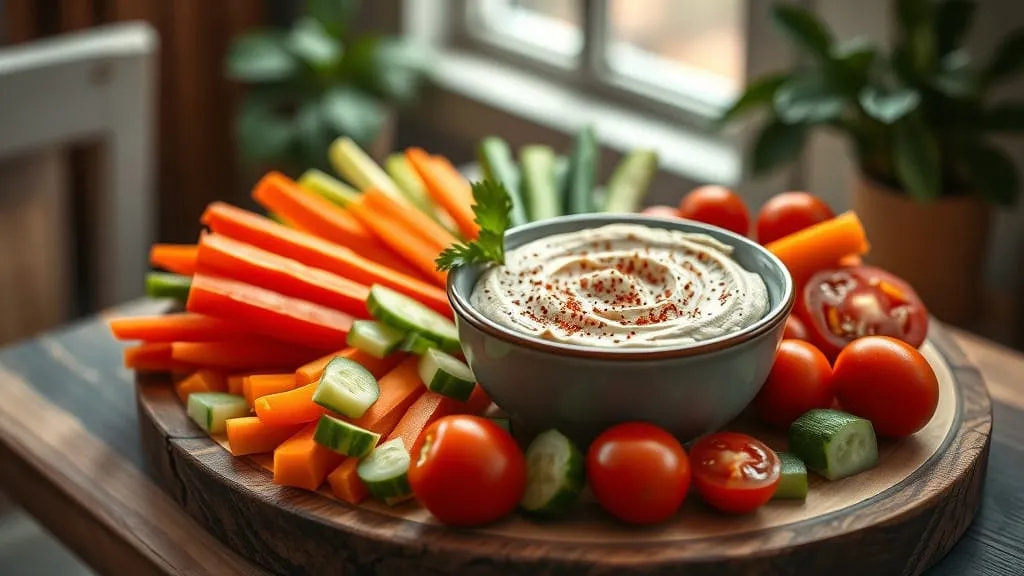
When the afternoon slump hits, grab some carrot sticks, celery, or bell pepper slices and dip them in hummus. This crunchy, satisfying snack is low in calories but high in vitamins, minerals, and healthy fats!
Dinner: Baked Salmon with Asparagus
End your day on a high note with a baked salmon filet seasoned with herbs and lemon. Serve it alongside roasted asparagus and quinoa or brown rice. Salmon is not only delicious but is also an excellent source of omega-3 fatty acids, promoting heart health and helping to keep you full.
Dessert (if you want it!): Dark Chocolate Square
If you somehow find yourself craving something sweet, treat yourself to a square of dark chocolate (70% cocoa or higher). It’s the perfect way to indulge while still keeping your overall calorie count in check.
Hydration is Key!
Throughout the day, stay hydrated. Water is essential for metabolism, and sometimes our bodies can confuse thirst with hunger. I love adding slices of lemon or cucumber to my water for a refreshing twist!
Making It Work
Adapt this plan according to your preferences! Swap out proteins, mix up your vegetables, or try different whole grains like barley or farro. The key is variety—it keeps your meals exciting and full of nutrients.
And remember: don’t stress over occasional indulgences. Weight loss is a marathon, not a sprint! Staying consistent with your healthy choices while allowing yourself room for treats is the real secret to long-term success.
I hope this sample meal plan gives you some inspiration for your own weight loss journey. Remember, you’re not alone in this! Let’s support and motivate each other towards healthier lifestyles. Happy eating!
Tips for Maximizing Results
While every journey is unique, there are tried-and-true strategies that can help you maximize your weight loss results. I’m diving deep into some actionable tips that can transform your efforts into lasting success.
1. Set Realistic Goals
Before you embark on your weight loss journey, it’s crucial to set achievable goals. Instead of aiming for an aggressive weight loss target, consider setting realistic milestones that focus on gradual change. Aiming to lose 1-2 pounds a week is not just safe; it’s sustainable. Break down your overall goal into smaller, manageable ones—this way, you’ll celebrate more victories along the way!
2. Prioritize Nutrition Over Calories
While calorie counting can be a useful tool, focusing solely on numbers can lead to an unhealthy relationship with food. Prioritize nutrient-dense foods like fruits, vegetables, whole grains, lean proteins, and healthy fats. These foods not only provide essential nutrients but also keep you full longer, which can help reduce those pesky cravings.
3. Stay Hydrated
Hydration plays a pivotal role in weight loss, yet many people overlook its importance. Drinking water before meals can help you eat less, and sometimes our bodies confuse thirst with hunger. Aim for at least eight glasses a day, or more if you’re active. Infusing your water with fruits or herbs can make it more enjoyable!
4. Incorporate Strength Training
While cardio can help burn calories, strength training is equally important. Building lean muscle mass can increase your resting metabolic rate, which means you’ll burn more calories even when you’re not exercising. Aim for at least two strength training sessions per week, focusing on major muscle groups.
5. Get Sufficient Sleep
Never underestimate the power of a good night’s sleep! Sleep deprivation can disturb hormone levels, making you more prone to hunger and cravings. Aim for 7-9 hours of quality sleep each night. Establish a bedtime routine to wind down and help improve your overall sleep quality.
6. Be Mindful of Portion Sizes
Even healthy foods can contribute to weight gain if consumed in excessive amounts. Being mindful of portion sizes can help you stay on track. One way to do this is by using smaller plates or bowls to trick your brain into feeling satisfied with less food.
7. Plan and Prep Meals
Having a meal plan can prevent those last-minute decisions that often lead to unhealthy choices. Spend some time each week prepping your meals and snacks; this can save time and eliminate stress during the busy weekdays. Plus, when you have healthy options readily available, you’re less likely to reach for junk food.
8. Stay Active Throughout the Day
Incorporating physical activity into your daily routine doesn’t have to mean hitting the gym for an hour every day. Take the stairs, go for short walks during breaks, or find ways to stay active while running errands. Every little bit counts and adds up over time.
9. Seek Support
Weight loss can be a tough journey, and you don’t have to go it alone. Seek support from friends, family, or even online communities. Sharing your goals can create accountability and motivate you to stay on track. Consider working with a registered dietitian or a personal trainer if you want personalized guidance.
10. Listen to Your Body
Finally, and perhaps most importantly, listen to your body. Learn to differentiate between physical hunger and emotional eating. Tune into your body’s hunger cues, and don’t be afraid to indulge occasionally. It’s all about balance!
Combine Diet with Exercise
Aerobic and resistance training amplify fat oxidation and maintain muscle mass, which supports metabolism.
Stay Hydrated
Water is essential for metabolic processes. Drinking water can temporarily boost metabolism by 24–30%, as per a study in The Journal of Clinical Endocrinology & Metabolism.
Prioritize Sleep
Lack of sleep disrupts hormones like leptin and ghrelin, increasing hunger and reducing metabolic efficiency.
Consult Experts
A nutritionist can tailor a plan based on your unique metabolic needs and lifestyle.
Incorporating fat-burning foods into your diet is a sustainable and science-backed approach to weight management. While the journey to weight loss requires discipline and consistency, the combination of a balanced diet, regular exercise, and a healthy lifestyle will yield long-lasting results. Remember, the ultimate goal is not just to lose weight but to cultivate habits that support overall health and vitality.
Maximizing your weight loss results is within your grasp! By focusing on a combination of realistic goals, balanced nutrition, regular exercise, and self-care, you can create a sustainable lifestyle that not only helps you reach your weight loss goals but also maintains them long-term. Remember, it’s a marathon, not a sprint—so stay patient, stay positive, and enjoy the journey!
Until next time, keep shining and thriving! 🌟


